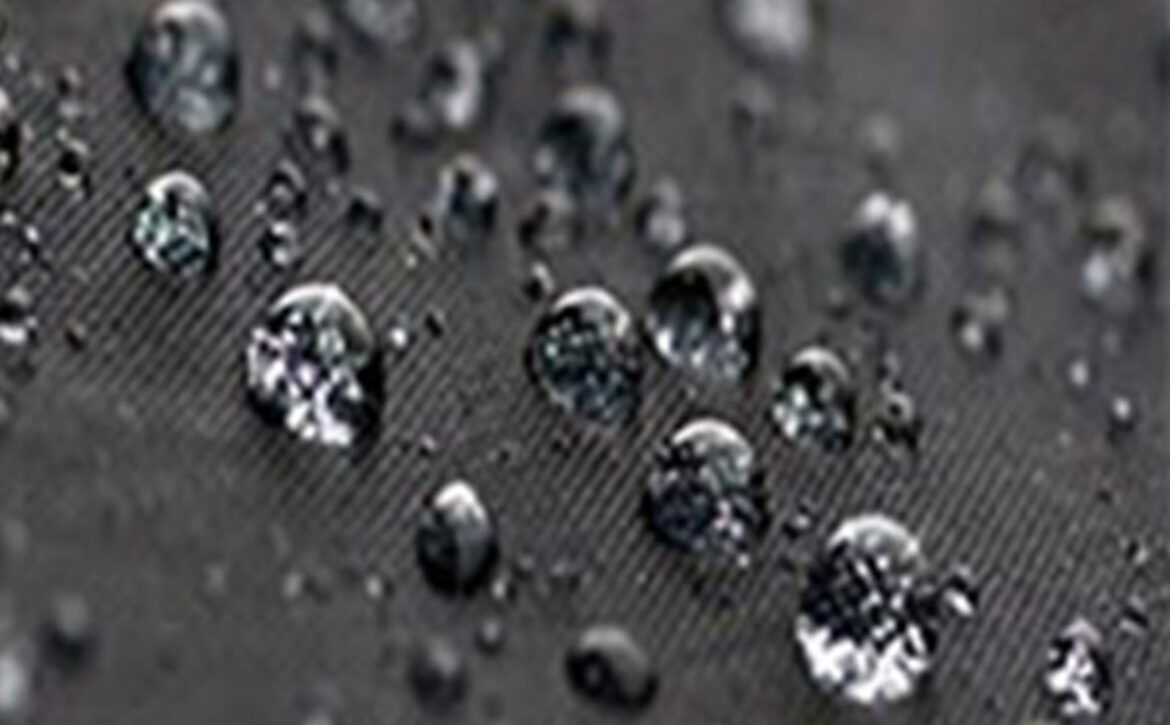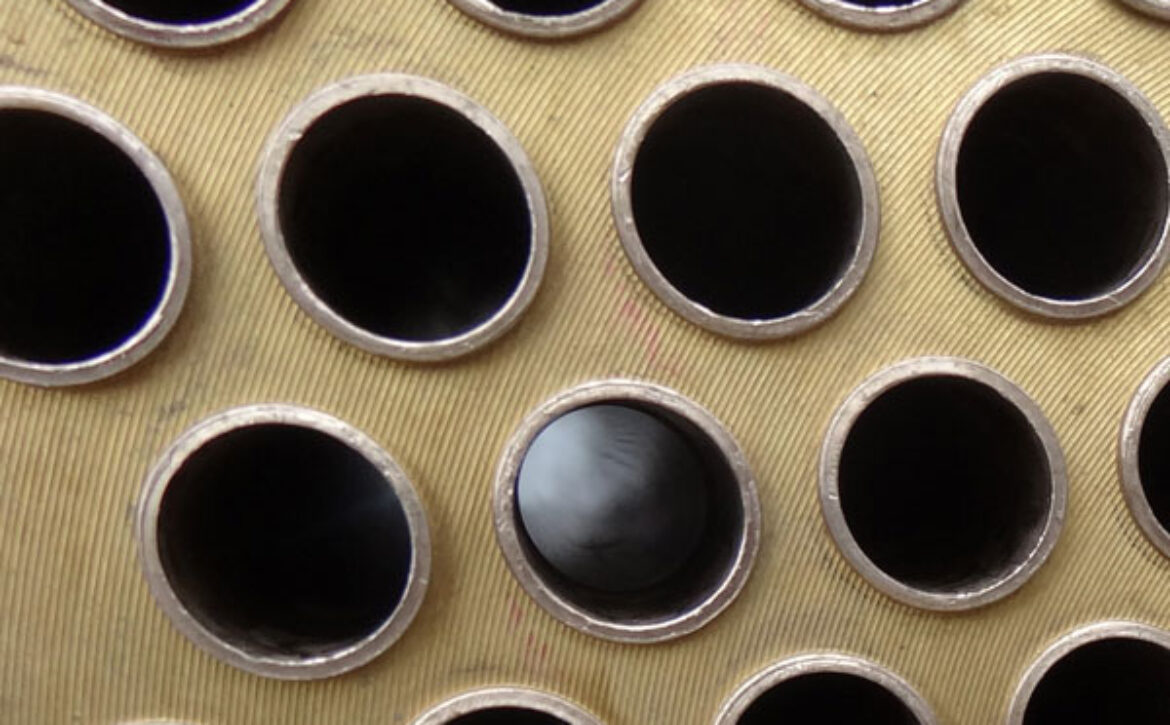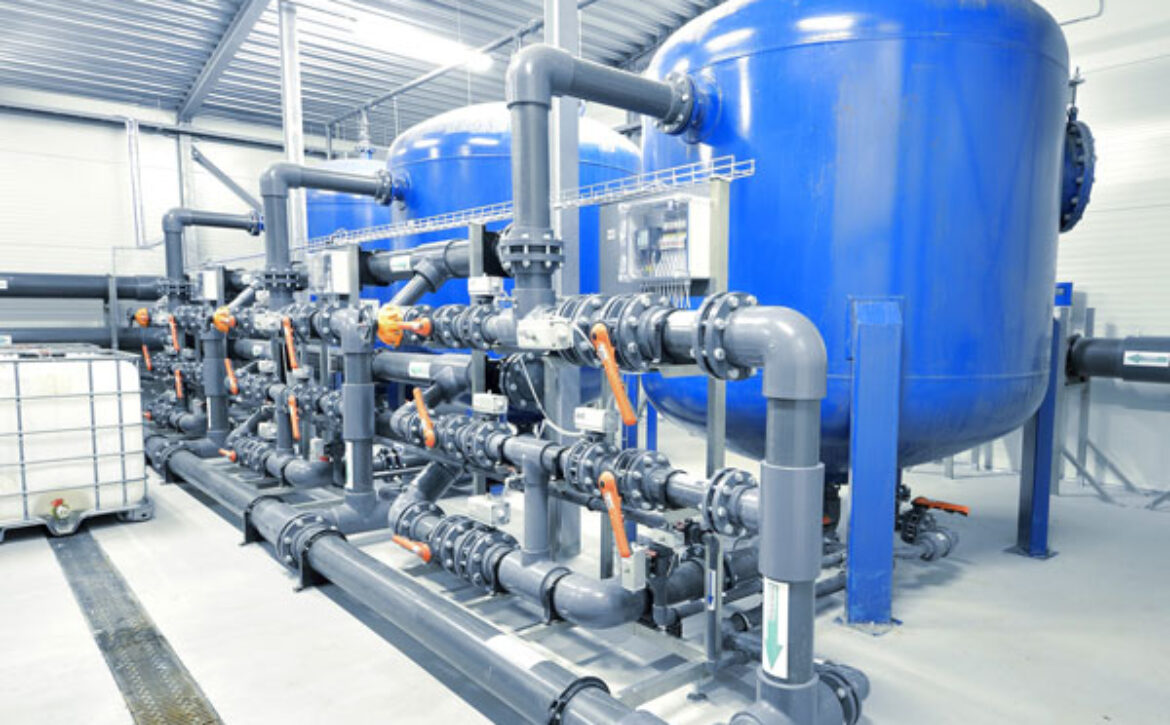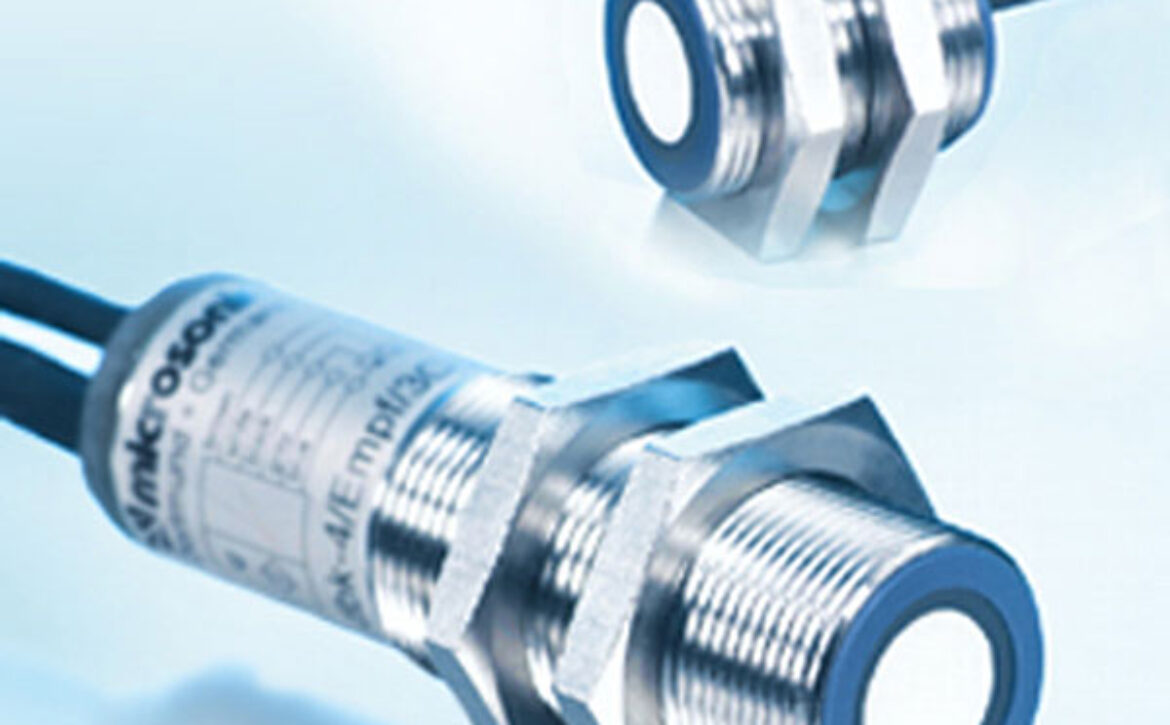مقدار سختی آب بر مبنای مقدار املاحی نظیر کلسیم، منیزیم، آهن و منگنز بر حسب میلی گرم بر لیتر بر مبنای کربنات کلسیم اندازه گیری می شود. یک راهکار متداول و سنتی استفاده از رسوب گیرهای رزینی است که املاح کلسیم و منیزیم را از آب جداسازی مینماید.
تکنولوژی امواج رادیویی رسوب گیر هیدروپت با القای یک میدان الکتریکی سینوسی سیال درون لوله،یونهای محلول در سیال را به حالت کریستالهای پایدار و منظم درآورده و از رسوب گذاری آنها برروی سطح جلوگیری میکند.
تکنولوژی رسوب زدایی هیدروپت انگلستان تنها رسوب گیری است که میتواند بدون استفاده از سختی گیر رزینی و به تنهایی در تاسیسات تهویه مطبوع و صنعتی عمل نماید. مهمترین عامل موفقیت شرکت هیدروپت در انگلستان از سال 1992 و در ایران از سال 2005( 1384) حذف کامل سختی گیر رزینی جهت رسوب گیری آب سخت است. این امر در ابتدا با مخالفت و ابهام کارشناسان و ناظران تاسیساتی و ساختمانی مواجه شده که به دلیل عدم کارایی سختیگیرهای مغناطیسی مشابه است.
ultrasonic descaling
Ultrasonic descaling waves are a form of energy from mechanical waves whose frequency is higher than the limit of human hearing, i.e. the range of 20 Hz to 20 kHz. Ultrasonic hardening waves propagate in gas, liquid and solid environments as transverse waves or longitudinal waves.
Methods of producing ultrasonic descaling waves
Ultrasonic waves are generally produced in 2 ways.
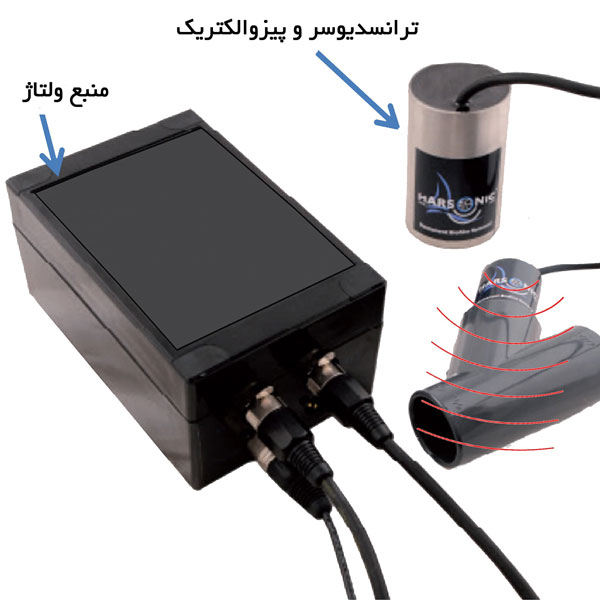
1- Piezoelectric method; In this method, according to the piezoelectric effect, a transducer converts electric waves into mechanical oscillations and expansion and contraction in the transducer, and these ultrasonic waves, which are mechanical waves, propagate in (solid, liquid, gas). Sonar radars, ultrasound systems, ultrasonic cleaning tubs that are used in medicine, military sources, hairdressing salons and are examples of piezoelectric applications. The wave and the angle of wave propagation from the transducer are the characteristics of this method. For example, the electrical power of an ultrasound device is about 1 to 3 kW with a frequency of 1 to 17 MHz, and a kidney stone crusher is about 1 kW and a frequency of 1 to 17 MHz, or local slimming devices of the ultrasonic cavitation type with a frequency of about 670 kHz to 1 MHz and have a power of 1 to 4 kW.
2- Magnetostriction; The ultrasonic method is created by stimulating the magnetic bipolar materials by the magnetic field, in such a way that the bipolar materials change their length in the magnetic fields, which causes the production of ultrasonic waves. In addition to the coil or magnetic field, this method requires ferromagnetic and bipolar materials. It also has the direction of producing and emitting ultrasonic waves. This method has only laboratory use and there are no industrial samples.
Ultrasonic descaling, myth or reality
For some time now, ultrasonic hardness remover or sediment remover has been produced and sold in Iran. By considering the 2 main methods of ultrasonic waves mentioned above and comparing them with ultrasonic hardeners or ultrasonic scale removers, it is easy to recognize that there is no technical connection between real ultrasonic waves and ultrasonic hardeners in the Iranian market. Ultrasonic hardeners (mechanical waves) do not exist in building facilities at all, and they are the old electromagnetic and electronic hardeners with coils or antennas on the pipe, which should generally be installed on non-metallic pipes.
If you are offered an ultrasonic sediment remover, be sure to check the above and ask the manufacturer for the wave intensity, frequency and angle of piezoelectric emission in the transducer. An ordinary coil alone cannot generate ultrasonic waves.

